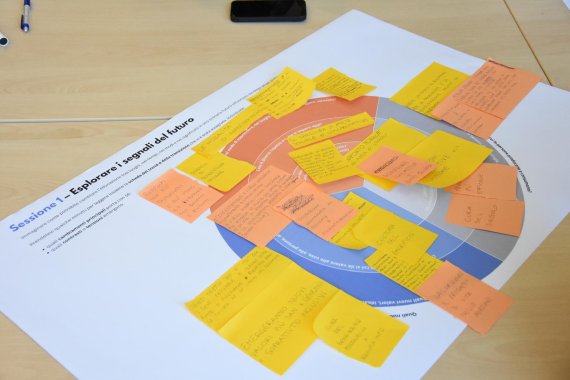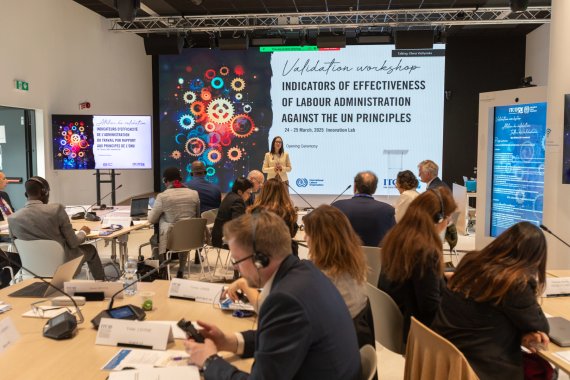How Empathy Unlocks Compelling Communication Campaigns
How Empathy Unlocks Compelling Communication Campaigns
Implementing the design thinking methodology for effective communication and stories for successful problem-solving
12 Marzo 2019
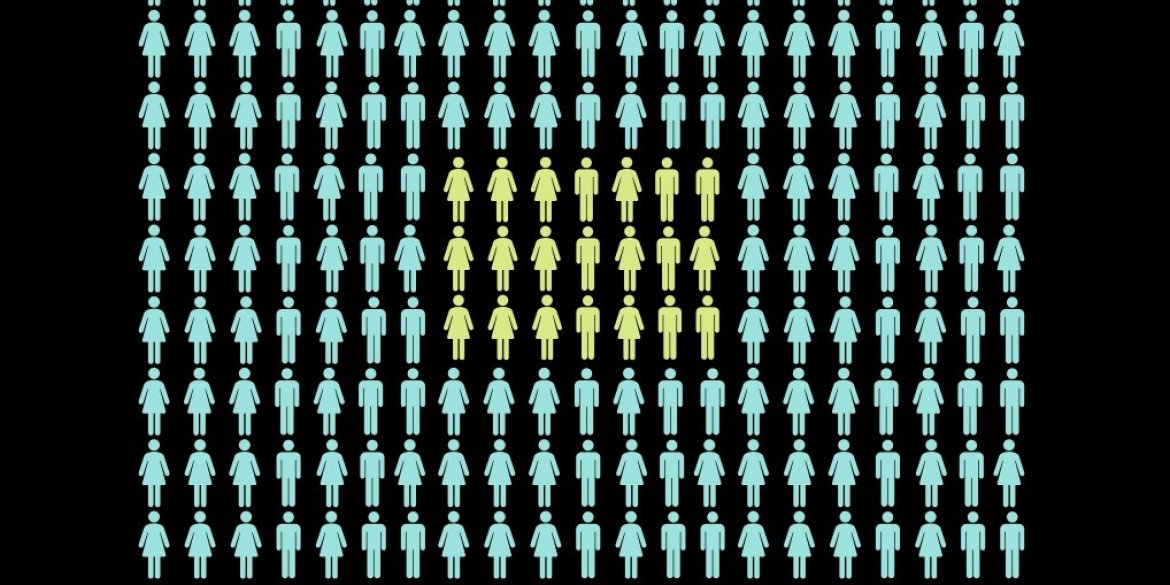
Imagine you need to work with your team to come up with a communication campaign related to violence and harassment at work. And you want to find an innovative solution, one that really works.
A communication campaign usually aims to empower people by:
- Raising awareness about a problem
- Changing people’s behaviors
- Providing a way to take action
So, how do you start?
In our last article, we explored the power of stories, and how they can change the ways people perceive reality. Stories can also help with problem-solving. Often, we find better solutions when we understand who is involved, the immediate context, and the root of the problem.
This method is known as design thinking.
If you’re working on a communication campaign, design thinking can help you empathize with real people and question your assumptions. Often, it will lead your team to new and unexpected solutions.
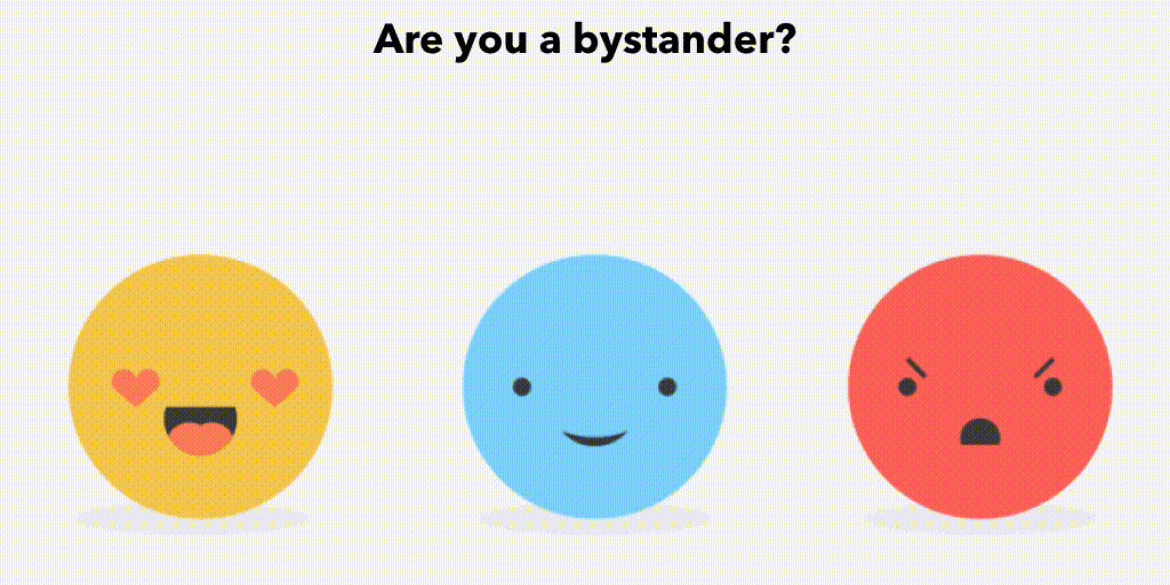
Envision the Network
During our last design thinking lab, we worked on a potential communication campaign on violence at work. My team addressed the following question:
How can we empower bystanders of sexual harassment in large organizations to take action?
We asked ourselves: Who could be a part of the solution?
Putting together the web of stakeholders, from senior management to employees’ families, helped us visualize the power relations and interests of everyone involved. We pinpointed the stakeholders that could get involved in addressing the problem: the employees.
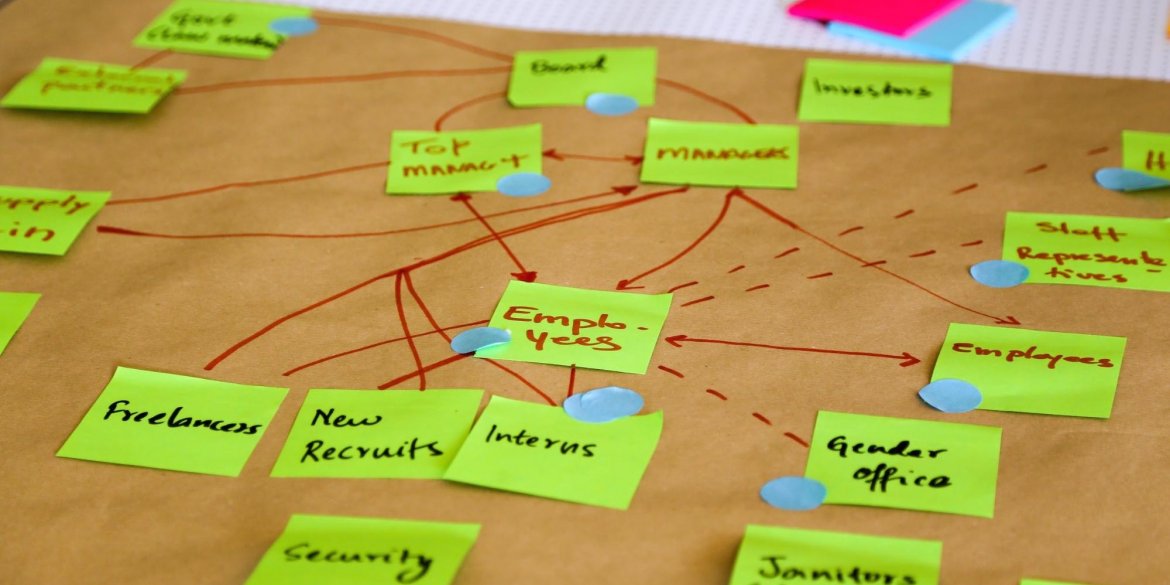
Flex Your Empathy Muscle
Empathy can enhance communication campaigns from the inside out. Instead of relying on the team’s opinions, we imagined a day in the life of one of those employees.
Meet Sara. A manager at the organization, she’s married with a two-year-old daughter. Likes dogs, listening to the radio, etc. Incidentally, she’s a bystander of sexual harassment at work.
We asked ourselves: How could someone like Sara help?
To figure it out, we walked a day in her shoes. Importantly, we thought not only about the workplace but also about how she gets her daughter ready for school in the morning, and listens to the radio in the car. We thought about what she thinks (“I know that man”), does (nothing), and feels (strange, confused).
It's important to understand the network, prioritize their needs, and allow them to guide you to the right solution. This is how you build a campaign for real people: You get out of the workplace and start empathizing with them in real life.
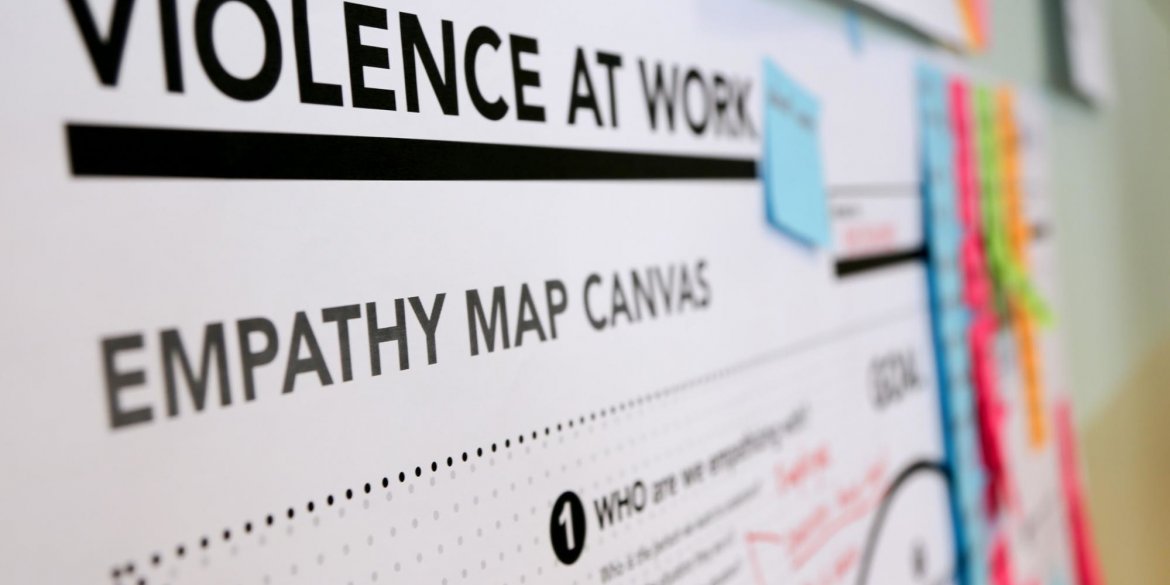
Prototype Once, Twice—as Long as it Takes!
This is the part where we finally came up with solutions. Some seemed lofty, others silly. But one was good, and another was great.
Eventually, after a few hours of back-and-forth discussion, the team struck upon three great campaign ideas that connected like puzzle pieces. They were: an anonymous “happiness meter,” a sexual harassment survey, and an online platform for sharing stories and sentiments.
Those three ideas melded together to form a full communication campaign, titled Stand by Me.
(You may hear about it in the not-so-distant future!)
We were satisfied to have found solutions that seemed unusual, that we wouldn't have realized without this immersive team exercise in exploration and discovery.
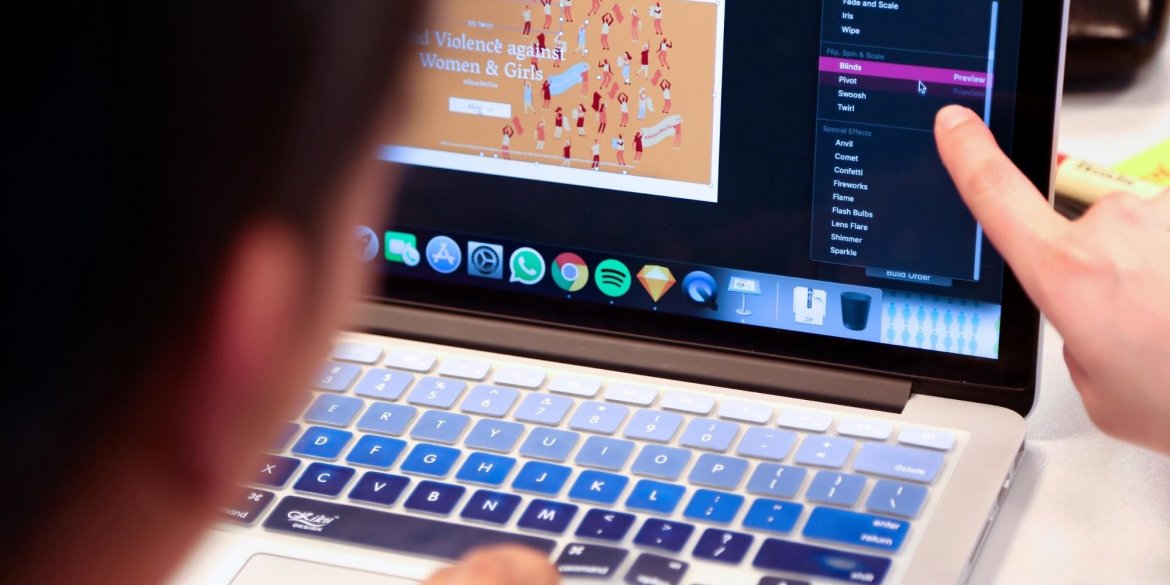
Look Up, Down, Back, and Sideways to Move Forward
The solution you’re searching for is sometimes closer than you think. Finding it can be a matter of how you approach the challenge.
Design thinking helps teams make decisions based on what people really need, not what we think or believe or want them to need. It’s best to approach your next communication challenge with empathy and openness. The reward: innovative solutions.
And better campaigns! Social media is often your first line for outreach. In our next article, we’ll cover the basics, from emojis to influencers.
Learn more about digital storytelling, campaigns, social media, and more. Check out the details from the Turin Centre's Communication for Development Course.

